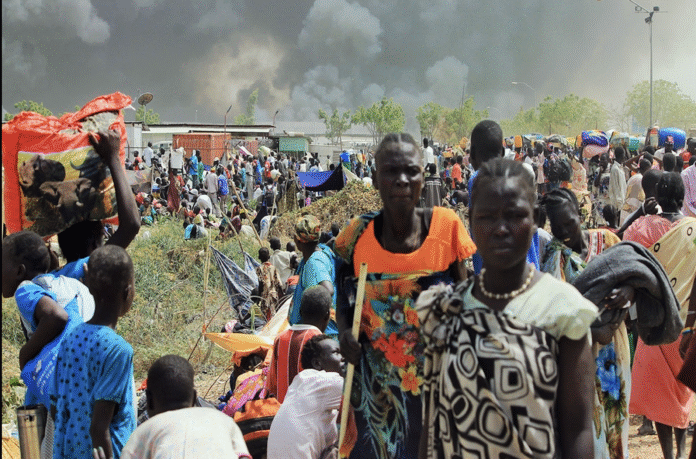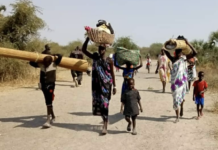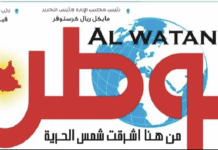Two counties in South Sudan’s Upper Nile state are at imminent risk of famine, as ongoing conflict devastates communities, forces mass displacement, and blocks vital humanitarian aid.
According to the latest Integrated Food Security Phase Classification (IPC) update, food and nutrition conditions have worsened dramatically in conflict-affected areas. Eleven of Upper Nile’s 13 counties are facing emergency levels of hunger (IPC Phase 4), with Nasir and Ulang counties at the highest risk of famine under worst-case projections.
Fighting that escalated in March—including aerial attacks—has displaced tens of thousands. Today, more than 32,000 people in Upper Nile are in Catastrophic conditions (IPC Phase 5), over three times the number previously estimated.
Meanwhile, regions spared from violence have seen modest improvements in food security, with classifications improving from emergency (Phase 4) to crisis (Phase 3), thanks to improved harvests and ongoing humanitarian support. These gains highlight the critical role of peace in stabilizing food systems.
Despite these pockets of progress, 7.7 million people—57% of the population—remain acutely food insecure (IPC Phase 3 or higher), with famine-like conditions persisting in some areas. The last confirmed famine in South Sudan was in 2017.
“South Sudan cannot afford more conflict,” warned Meshack Malo, FAO Country Representative. “Where there is peace, food security improves. In ten counties, we’ve already seen progress.”
Access for aid organizations remains a major challenge. In Upper Nile alone, 66% of the population—around 1.04 million people—are experiencing crisis, emergency, or catastrophic hunger.
“Conflict is destroying more than homes—it’s tearing apart communities and driving food prices up,” said Mary-Ellen McGroarty, WFP Country Director. “We need immediate access to deliver lifesaving assistance and prevent famine.”
The crisis is further compounded by rising malnutrition and a cholera outbreak. Three additional counties in Upper Nile and Unity states have reached the most critical level of malnutrition. Across South Sudan, 2.3 million children are now at risk of acute malnutrition—up from 2.1 million earlier this year.
“These projections place another 200,000 children in danger,” said Noala Skinner, UNICEF’s Country Representative. “With treatment centers closing and access limited, young lives are hanging by a thread.”
Humanitarian agencies warn that without urgent action, thousands of families in Upper Nile will face catastrophic hunger in the coming months.





